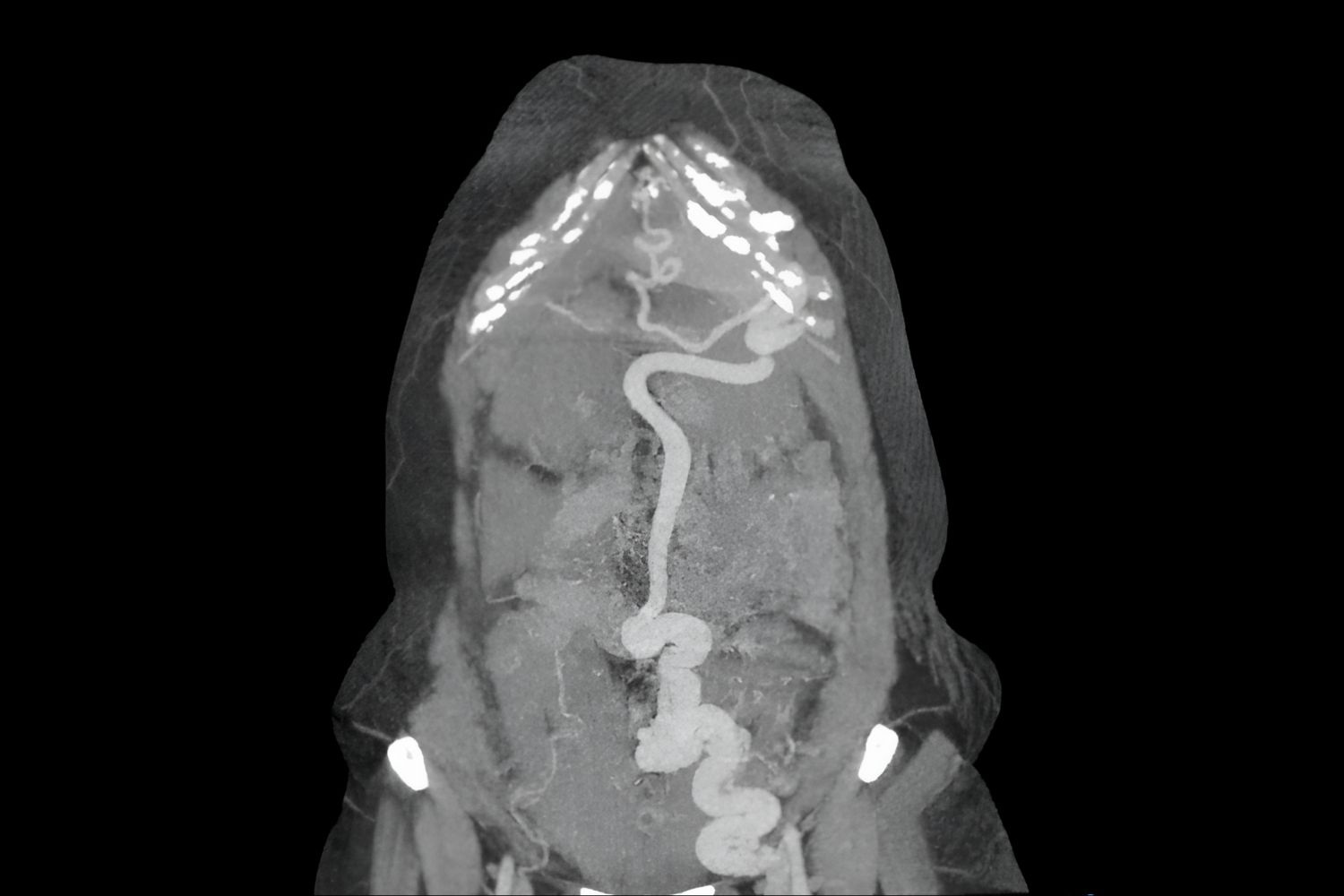
Cruveilhier–Baumgarten Disease might sound like a mouthful, but understanding it doesn't have to be complicated. This rare condition involves the liver and its blood vessels, leading to some unique symptoms. Ever heard of a "caput medusae"? It's one of the telltale signs of this disease, where veins around the belly button become visibly swollen. Named after two pioneering doctors, Jean Cruveilhier and Paul Clemens von Baumgarten, this condition highlights the importance of liver health. Whether you're a curious student, a medical enthusiast, or someone looking to understand more about liver diseases, these 25 facts will shed light on the intricacies of Cruveilhier–Baumgarten Disease. Buckle up for an informative ride!
Key Takeaways:
- Cruveilhier–Baumgarten Disease is a rare condition affecting the liver and blood vessels, causing symptoms like abdominal pain and swelling. It can be congenital or acquired, and early diagnosis is crucial for management.
- While there is no cure for Cruveilhier–Baumgarten Disease, treatments like medications and surgery can help manage symptoms and improve quality of life. Lifestyle changes and regular monitoring are essential for effective management.
What is Cruveilhier–Baumgarten Disease?
Cruveilhier–Baumgarten Disease (CBD) is a rare medical condition involving the liver and blood vessels. It is named after two physicians, Jean Cruveilhier and Paul Clemens von Baumgarten, who first described it. Here are some fascinating facts about this disease.
-
CBD is characterized by the presence of a venous hum, a sound heard over the abdomen due to abnormal blood flow.
-
The disease is often associated with portal hypertension, a condition where blood pressure within the portal vein is elevated.
-
One of the hallmark signs of CBD is the presence of dilated veins around the umbilicus, known as caput medusae.
-
CBD can be congenital, meaning it is present at birth, or acquired later in life due to liver disease.
Symptoms and Diagnosis
Understanding the symptoms and how CBD is diagnosed can help in early detection and management.
-
Patients with CBD often experience abdominal pain and swelling due to the enlarged veins.
-
A physical examination revealing a venous hum and caput medusae is crucial for diagnosing CBD.
-
Ultrasound imaging is commonly used to visualize the dilated veins and assess blood flow in the portal vein.
-
Doppler ultrasound can help measure the direction and speed of blood flow, providing more detailed information.
Causes and Risk Factors
Knowing what causes CBD and the risk factors involved can provide insight into prevention and management.
-
Liver cirrhosis is a significant risk factor for developing CBD, as it leads to increased pressure in the portal vein.
-
Genetic factors may play a role in congenital cases of CBD, though the exact genes involved are not well understood.
-
Chronic alcohol abuse is a common cause of liver cirrhosis, indirectly increasing the risk of CBD.
-
Hepatitis B and C infections can lead to liver damage and cirrhosis, contributing to the development of CBD.
Treatment Options
While there is no cure for CBD, various treatments can help manage symptoms and improve quality of life.
-
Medications to reduce portal hypertension, such as beta-blockers, can help alleviate symptoms.
-
In severe cases, surgical procedures like portosystemic shunt surgery may be necessary to redirect blood flow.
-
Liver transplantation may be considered for patients with advanced liver disease and CBD.
-
Lifestyle changes, including reducing alcohol intake and maintaining a healthy diet, are essential for managing liver health.
Prognosis and Complications
Understanding the potential complications and long-term outlook for CBD patients is crucial for effective management.
-
The prognosis for CBD varies depending on the underlying cause and severity of liver disease.
-
Complications such as variceal bleeding, where dilated veins rupture and bleed, can be life-threatening.
-
Ascites, the accumulation of fluid in the abdomen, is a common complication in patients with severe liver disease and CBD.
-
Regular monitoring and early intervention can help prevent complications and improve outcomes.
Historical Context and Research
CBD has a rich history and ongoing research efforts aimed at better understanding and treating the disease.
-
Jean Cruveilhier first described the disease in the 19th century, noting the characteristic venous hum.
-
Paul Clemens von Baumgarten later expanded on Cruveilhier's work, leading to the disease being named after both physicians.
-
Modern research focuses on understanding the genetic and molecular mechanisms underlying CBD.
-
Advances in imaging technology have improved the ability to diagnose and monitor CBD.
-
Ongoing clinical trials are exploring new treatments and interventions to improve outcomes for CBD patients.
Final Thoughts on Cruveilhier–Baumgarten Disease
Cruveilhier–Baumgarten Disease, though rare, offers a fascinating glimpse into the complexities of the human body. This condition, marked by the reopening of the umbilical vein, often signals underlying liver issues like cirrhosis. Recognizing its symptoms, such as a distinct venous hum, can lead to early diagnosis and better management. While treatments focus on addressing the root cause, understanding this disease underscores the importance of liver health. Staying informed about such conditions not only broadens our medical knowledge but also highlights the intricate connections within our bodies. Whether you're a medical professional or just curious, knowing about Cruveilhier–Baumgarten Disease enriches your understanding of human health. So, keep exploring, stay curious, and always prioritize your well-being.
Frequently Asked Questions
Was this page helpful?
Our commitment to delivering trustworthy and engaging content is at the heart of what we do. Each fact on our site is contributed by real users like you, bringing a wealth of diverse insights and information. To ensure the highest standards of accuracy and reliability, our dedicated editors meticulously review each submission. This process guarantees that the facts we share are not only fascinating but also credible. Trust in our commitment to quality and authenticity as you explore and learn with us.
